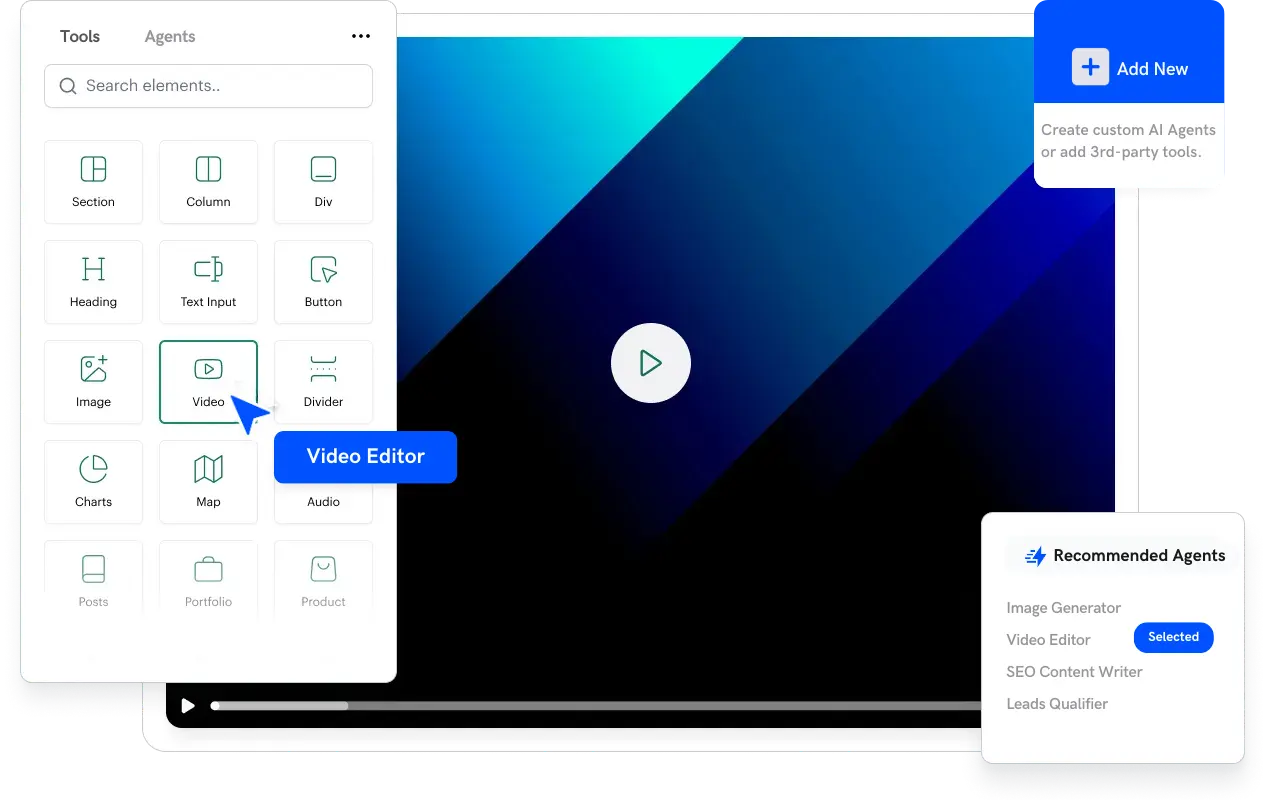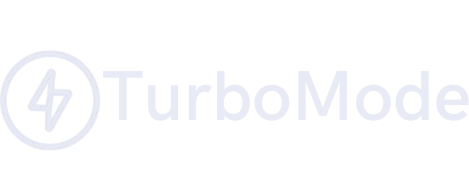Introduction
Managing multiple projects is a common challenge for technical leaders. With an ever-growing list of responsibilities—from overseeing project development to attending meetings and handling day-to-day communications—it’s easy to become overwhelmed. The modern technical leader is often juggling emails, chat messages, meeting notes, project updates, and other scattered pieces of information, making it difficult to keep track of everything efficiently.
This is where artificial intelligence (AI) comes in. AI-powered productivity tools are transforming the way technical leaders manage their time and projects. These tools can take scattered data from emails, chats, meeting notes, and other resources and extract actionable insights to build a coherent productivity schedule. By centralizing all the data into one easy-to-use platform, AI can help technical leaders streamline their workflows, prioritize tasks, and ensure nothing falls through the cracks.
In this blog post, we’ll explore the importance of AI in helping technical leaders manage multiple projects and how bringing together various work elements into an AI tool can enhance productivity and efficiency.
Why Managing Multiple Projects is Challenging for Technical Leaders
Technical leaders often have to oversee a variety of tasks at once, from managing team workflows to coordinating with stakeholders. Balancing multiple projects and priorities can feel like a never-ending challenge. Here’s why:
1. Dispersed Information Across Multiple Channels
Technical leaders communicate through several different channels: emails, chat applications, video meetings, and even documentation or meeting notes. The information from these sources is often fragmented and not easily actionable. It can take significant time and effort to sift through these channels to piece together what needs to be done.
2. Managing Complex Technical Details
With multiple technical projects on the go, it’s crucial to keep track of intricate details like code deployments, technical specifications, and timelines. Without a centralized system, keeping these details organized can lead to mistakes, missed deadlines, and frustrated teams.
3. Constant Context Switching
Switching between emails, meetings, project plans, and team communications can drain focus and decrease productivity. This constant context switching also increases the likelihood of losing track of key details or forgetting important tasks.
Given these challenges, technical leaders need a solution that centralizes their workload, simplifies decision-making, and keeps everything organized.
How AI Helps Busy Technical Leaders Manage Their Workload
AI-powered tools are helping technical leaders manage their multiple responsibilities by automating many repetitive tasks and pulling together data from scattered resources. Here’s how AI can enhance productivity:
1. Centralizing Dispersed Information
AI tools can connect to email systems, chat apps, project management platforms, and meeting notes to centralize all information. With AI-powered software, technical leaders no longer need to check multiple platforms to gather details; the AI will automatically extract key information and consolidate it into a centralized dashboard.
Example: Imagine receiving emails about different project updates, having team discussions in Slack, and meeting notes stored in Google Docs. AI tools can analyze all of these communication channels and aggregate the most critical information—such as upcoming deadlines, task assignments, and blockers—into one unified view.
2. Automating Task Prioritization and Scheduling
Once the information is gathered, AI-powered tools can intelligently prioritize tasks based on urgency, deadlines, and available resources. This intelligent scheduling can create a productivity schedule that ensures the most important tasks are tackled first, leaving technical leaders with a clear roadmap for the day.
3. Extracting Key Insights from Meetings and Notes
Meeting notes, especially from technical discussions, can be lengthy and filled with jargon. It’s easy to miss important insights or action items in these notes. AI tools can scan meeting transcripts, highlight key decisions, extract relevant action points, and assign them to the appropriate team members.
4. Predictive Task Management
AI’s predictive capabilities help technical leaders foresee potential bottlenecks or delays before they occur. By analyzing project data, AI tools can anticipate issues such as resource shortages, conflicting deadlines, or risks in the project timeline.
5. Increasing Focus with Reduced Context Switching
Instead of jumping between multiple platforms to keep track of emails, chat messages, and project updates, AI consolidates everything into one unified workspace. This reduces the mental burden of context switching and allows technical leaders to stay focused on the task at hand.
Case Study: How a Technical Leader Streamlined Their Workflow with AI
Before Using AI Tools:
The technical leader was responsible for overseeing several development teams, managing deadlines, and coordinating with various stakeholders. Information came in from emails, Slack chats, meeting notes, and project management systems. The leader struggled to prioritize tasks effectively and often found themselves scrambling to keep up with shifting timelines, resource allocation, and communication overload.
After Using AI Tools:
By implementing an AI-driven productivity tool, the leader was able to consolidate emails, chat messages, meeting notes, and project updates into one central dashboard. The AI automatically extracted key tasks and deadlines from meetings, prioritized them based on urgency and available resources, and suggested a clear, actionable schedule for the day.
Key Outcomes:
- 50% reduction in time spent organizing and prioritizing tasks
- Increased team efficiency by allowing team members to receive clear, automated task assignments directly from the AI tool.
- A more proactive approach to risk management thanks to predictive task management.
Conclusion: The Future of Managing Multiple Projects with AI
For technical leaders, the key to successfully managing multiple projects lies in organization, prioritization, and efficiency. AI-powered productivity tools provide a transformative way to streamline workflows, centralize communication, and predict potential issues before they arise. By bringing together all relevant information from emails, chats, meeting notes, and project updates, AI tools offer an integrated solution to reduce the cognitive load and help leaders focus on making strategic decisions.
With AI, technical leaders can not only meet their deadlines but also increase the productivity of their teams and drive their projects to success without getting bogged down by manual scheduling and disjointed communication.
Photo by Marvin Meyer on Unsplash






